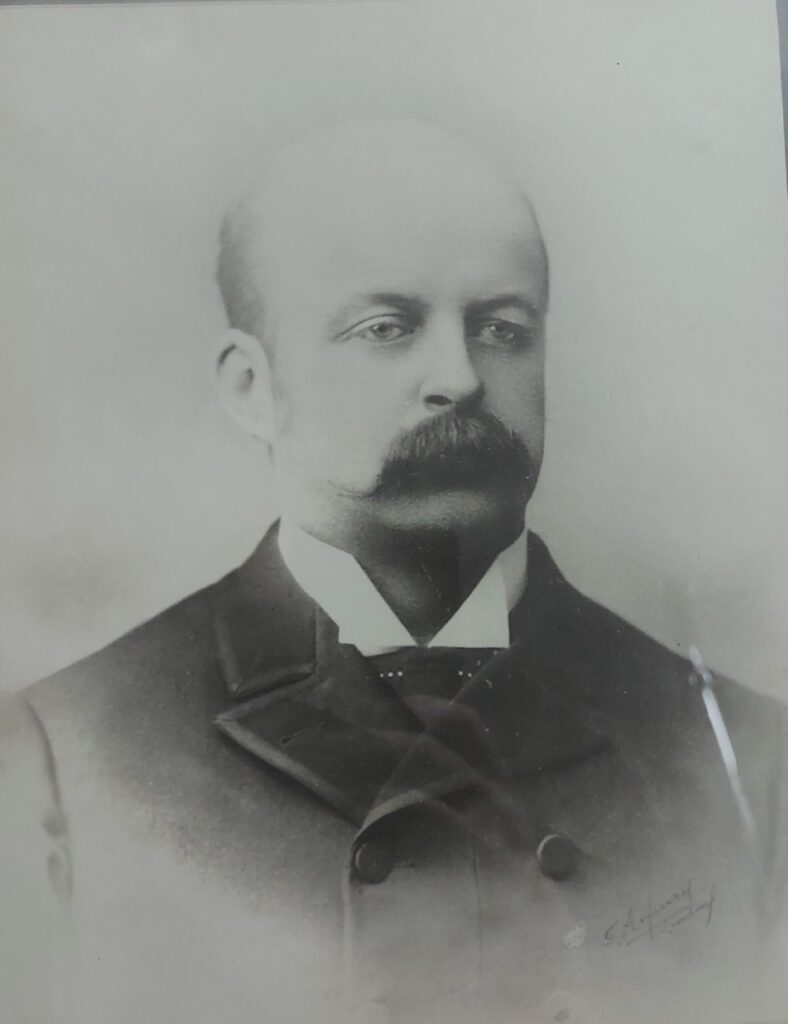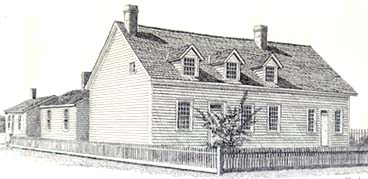Phone: 519-736-2511 Email: info@parkhousemuseum.com
Medicine in Amherstburg
Medicine in the Victorian era was a period of further dynamic change and scientific discovery. Throughout the Scientific age, many new advancements had been made in terms of a more sophisticated scientific practice. New practices had been introduced, such as germ theory, sanitation, vaccination, anesthetics, et cetera, which all promised more positive patient outcomes. Take a look below at a selection of medical artifacts from the museum’s collection.
Click on Kemp’s Funeral Home Death Records to view Amherstburg’s mortician death records between 1885 and 1911. These records include name, date, and age.
Diseases in Amherstburg
Diseases were a great cause for concern in the Victorian Era as they did not have the same modern treatments and research available as we do today. The science of medicine has experienced tremendous growth since the Victorian era and we have been able to learn from our history and experiences of the past. Below is a selected list of diseases that affected Amherstburg residents in the 19th and early 20th centuries.
Cholera
- August 1849 – concerns grew in Amherstburg over its presence
- Caused by contaminated water
Malaria
- Non-contagious, infectious disease transmitted by mosquitos
Influenza
1918: Influenza Epidemic
- Killed more people than World War I
- Appears to subside in Amherstburg around November
- Virus was spread by international travel
Tuberculosis
- Caused by bacteria
- Can affect any part of the body, but the lungs are the most common
Smallpox
Oct. 27, 1899: A worker at Henry Laforest’s Lakeshore is believed to have smallpox, and the place is quarantined
- An airborne virus
- The first major disease to be wiped out by public health measures
Typhus
- Caused by a parasitic bacterium that lives in ticks
Typhoid Fever
- Caused by milk, water, or soiled food contaminated with the feces of a typhoid victim
Yellow Fever
- Caused by bad drinking water
Dr. Theodore Park (Jr.)

Dr. Theodore Park Jr., who lived in the Park House, believed in the science behind medicine. He believed in the new practices and discoveries, many of which changes took place during his years of practice.
Dr. Park was born on April 19, 1856 as the second child of Theodore Jones Park and Caroline Kevill Park in the Park House. He completed his education in Toronto with a Ph.D. in medicine and residency at the Toronto General Hospital. He then returned to Amherstburg to open his own practice in 1880 inside the Park House. He lived in the Park house for the majority of his life. Though Dr. Park never owned the house himself as it was passed from his mother to his three sisters, he continued living in the home with them and using it as his medical office.
Dr. Park specialized in obstetrics and delivered many of the local children, as well as receiving a certificate in conditions of the eyes, ears, nose and throat. Additionally, he played a significant role in public safety during the 1918 Spanish Flu pandemic. His practice operated for 56 years. Dr. Park died on January 1st, 1936.
Click on the image of Dr. Park to view the biographies of all Amherstburg’s Doctors 1796 – 1950.
To the right is a slideshow of some of the instruments Dr. Park used in his practice.
We would like to thank Canada Summer Jobs for making the creation of this exhibit possible. We would also like to thank our donors (past, present, and future) for entrusting our museum with the preservation of your donated objects. Finally, thank you to our summer students, Emily and Mikayla, for their work creating the content of this exhibit.








